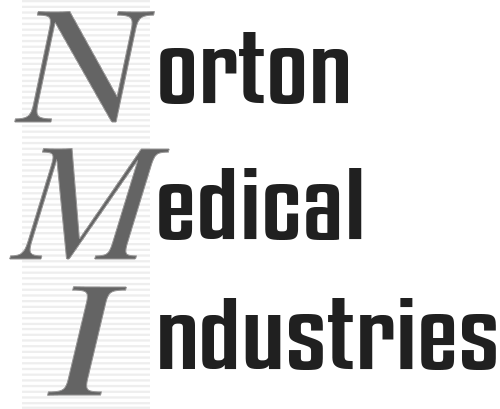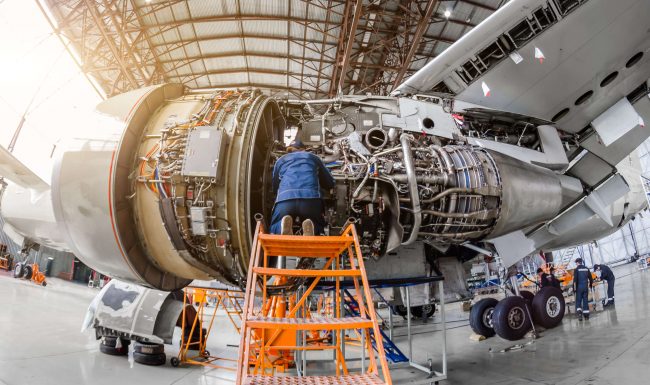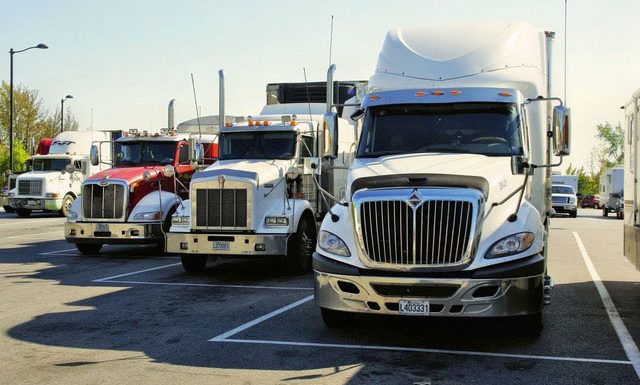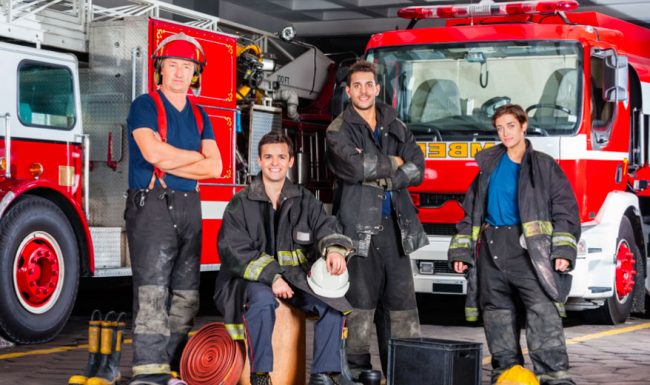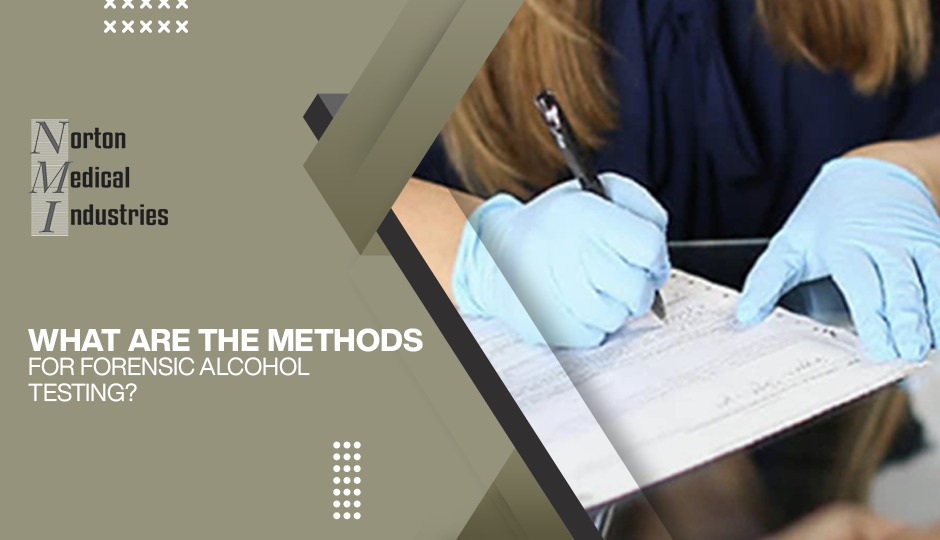
Forensic alcohol testing is a process that is used to determine the presence and concentration of alcohol in a person’s system. This testing is typically done for legal or employment purposes, such as in the case of DUI arrests or pre-employment screening. There are several different methods for forensic alcohol testing, each with its own advantages and limitations.
FMCSA Random Drug and Alcohol Testing
The Federal Motor Carrier Safety Administration (FMCSA) is a government agency that oversees the safety of commercial motor vehicles in the United States. As part of their safety regulations, the FMCSA Federal Motor Carrier Safety Administration and FTA Federal Transit Administration requires random drug and alcohol testing for all employees who hold safety-sensitive positions, including drivers, mechanics, and dispatchers.
Forensic Alcohol Testing
Forensic alcohol testing can be done through breath testing using federally approved devices and procedures. Saliva Testing using approved devices is approved only for screening. Confirmation must be on a breath testing device.
Breath Testing: Breath testing is using approved devices and procedures is the best method for forensic alcohol testing in living people. This method measures the concentration of alcohol in a person’s breath and is often used in roadside testing and DUI arrests. Breath alcohol machines that are on the approved list of the Department of Transportation (DOT) can be used to confirm the presence of alcohol in a person’s system. However, it is important to note that saliva devices are used for screening purposes only and are not suitable for confirmation.
Blood Testing: Blood testing is another common method for forensic alcohol testing. This method measures the concentration of alcohol in a person’s blood and is often used in medical settings, such as in emergency rooms or hospitals. Blood testing is considered to be one of the most accurate methods for alcohol testing, but it can be more invasive and time-consuming than other methods.
Referring to CFR 49 Part 40
The regulations governing forensic alcohol testing in safety-sensitive industries are outlined in CFR 49 Part 40. According to these regulations, alcohol testing is required for employees in safety-sensitive positions, and the testing must be done using approved methods and devices. Breath alcohol machines on the approved list of the DOT can be used for confirmation testing, while saliva devices are used for screening purposes only.
Conclusion
Forensic alcohol testing is an important tool for ensuring the safety of employees and the general public in safety-sensitive industries. Breath testing is the best method for forensic alcohol testing,. The regulations governing alcohol testing in safety-sensitive industries are outlined in CFR 49 Part 40, which requires the use of approved methods and devices for testing purposes. By adhering to these regulations, employers can help create a safer workplace for all employees.
